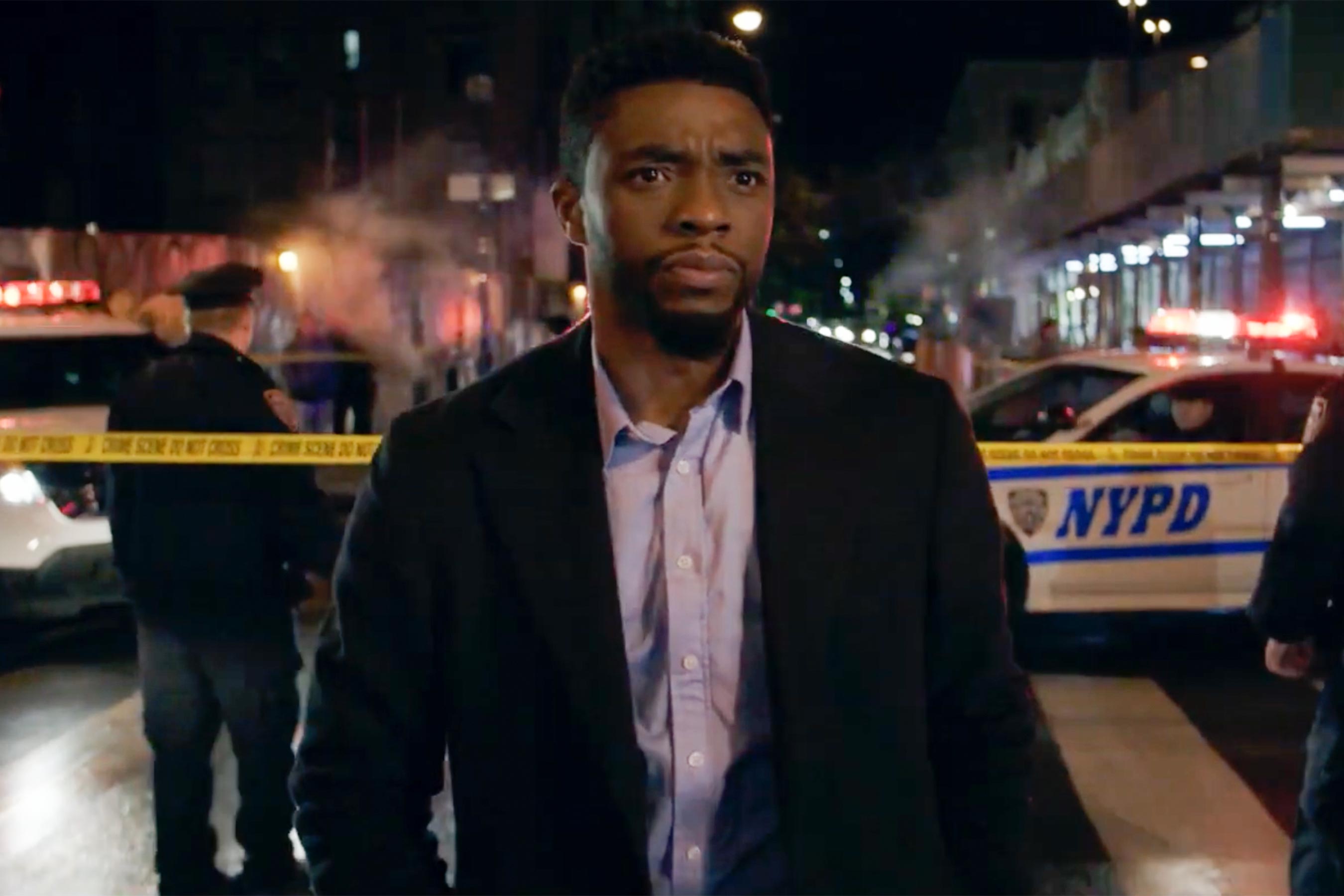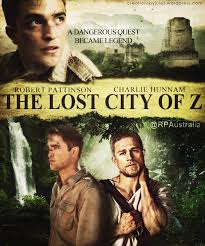21 Bridges
Posted on November 21, 2019 at 5:36 pm
B +| Lowest Recommended Age: | Mature High Schooler |
| MPAA Rating: | Rated R for violence and language throughout |
| Profanity: | Strong language |
| Alcohol/ Drugs: | Drug dealing |
| Violence/ Scariness: | Extended peril and violence, guns, chases, many characters injured and killed, disturbing and graphic images |
| Diversity Issues: | None |
| Date Released to Theaters: | November 22, 2019 |
| Date Released to DVD: | February 17, 2020 |

Andre (Boseman) is a police detective, the son of a cop who died in the line of duty. In a flashback we see him as a child, weeping at his father’s funeral as the clergyman quoting Romans 13:4: “If you do wrong, be afraid, for he does not bear the sword in vain. For he is the servant of God, an avenger who carries out God’s wrath on the wrongdoer.” In the present day, we meet him at the most recent in a series of meetings with Internal Affairs, an automatic inquiry after an officer discharges a weapon. He is not apologetic. “Justice comes at a cost…I am the sharp edge of that determination.” His reputation is for being trigger-happy, but he insists that each time he shot someone it was justified and that he never drew first. He is cool under pressure, certain of his choices. At home, we see him caring for his fragile mother, and he is patient and tender when she is forgetful. But she has certainty, too, telling him to “look the devil in the eye.”
And then a robbery goes terribly wrong. Two guys (Taylor Kitsch and James) put scary scarves over their faces and bust into a wine cellar where something even more powerful is stored. “Only two of you?” the guy they are holding at gunpoint asks. They were told to expect 30 kilos of cocaine, but it Is 300, uncut, worth much, much more than they expected. In a shoot-out, they kill a civilian and seven cops and critically injure an eighth before escaping with tote bags full of cocaine. And that makes them targets of some very highly motivated people on both sides of the law.
“I wouldn’t mind if you were back at IA tomorrow,” says the precinct captain (J.K. Simmons) whose cops were killed. He urges Dre to “protect” the families of those who died from the agony of trials and the risk that the men responsible would not be convicted. It is clear what he means. Dre’s reputation for being quick on the trigger and his understanding of what families go through when a police office is killed could make him more inclined to quick revenge than slow justice.
The FBI says they will take over in the morning if the two fugitives are not captured. With the 21 bridges to Manhattan and all of the tunnels closed, Dre chases after the men as they try to sell the cocaine and get out of town.
There is nothing special about the script but the action is exciting and there are a couple of strong dramatic confrontations. Boseman and James elevate the material to keep us interested even when the storyline fails to challenge us.
Parents should know that this is a cops-and-robbers-and-drug-dealers story with extended, intense, and graphic peril and violence, with many characters injured and killed and disturbing images. There are chases and shoot-outs and betrayals and very strong language.
Family discussion: Why did Dre and the person he talked to in the house come to different conclusions? How did Dre’s losing his father affect his outlook?
If you like this, try: “16 Blocks” and “Fort Apache the Bronx”


